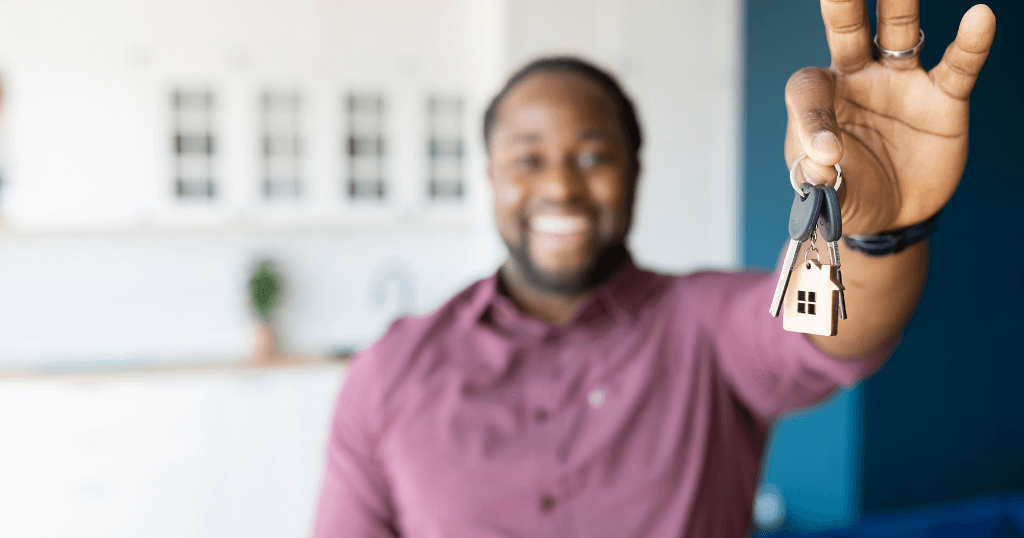

We’re on a mission to change the world of
mortgages and empower you to believe that you can buy a home. It should be exciting, not anxiety inducing. We
understand that you may be dealing with things that feel overwhelming, like
debt. But we’re here to tell you that your finances are manageable with some smart financial planning and budgeting.
We’re going to lay it all out right here for
you, so you can get one step closer to your dream of homeownership. Here’s how
you can buy a home even if you’re in debt.
Consider your overall financial health
Just because you have debt, doesn’t mean you have bad credit, which is an important factor in applying for a mortgage. Take a look at your overall debt picture. What different kinds of debt do you have? For example, student loans, credit card debt, medical bills, etc. How much total debt do you have?
Next, figure out your debt-to-income ratio
(DTI). This is your overall debt divided by your gross monthly income. How much
do you pay in minimum monthly payments towards your debt? How does that compare
to your net monthly income? It may seem like you have a lot of debt spread out
all over the place, but if your DTI isn’t too high, you may be eligible for a
mortgage.
Consolidate debt, if possible
If you need to reduce your DTI, and making
more money isn’t an immediate option, consider consolidating your debts.
Consolidating student loan debts and/or credit card debt will reduce your
minimum monthly payment, lowering your DTI, and strengthening your candidacy
for a loan. Consider speaking with a financial advisor about the best debt
consolidation options for your unique situation.
You don’t need to put 20% down
We want to make the home buying process more transparent and connect you with the right licensed mortgage lender who’s going to support you through the home buying process. One of the biggest home buying myths out there is that you need a 20% down payment to buy a house, but there are other options available.
A 20% down payment was the norm twenty years
ago, but there are now loan programs where you can put down as little as 1% on
a mortgage. There are even a few special loan programs that offer 0% down. It’s
important to note that anything below a 20% down payment will require private
mortgage insurance (PMI). Of course, the more you put down up front, the lower
your monthly mortgage payments and interest rate will be. But if you don’t have
that much cash available, it’s still possible to get a mortgage.
Get to budgeting
If you’re going to add more debt to your existing debt with a mortgage, you’re
definitely going to want to make a budget and stick to it. In some instances,
you can actually pay less each month on your mortgage payment when compared to
rent. So why not put that rent money towards something that’s going to build
you wealth over time? Of course, owning a home comes with its own set of
expenses like a down payment, repairs, insurance, possible Homeowners
Association (HOA) fees, etc., but if you account for all of these expenses and
create a plan, owning a home is doable. Check out tools like Mint, Financial
Gym, YNAB, or Clarify Money to help you come up with a customized financial
plan to fit your financial profile and goals.
Let’s face it, most people have some sort of
debt and so many home buyers are burdened with student debt but having debt
doesn’t mean you can’t own a home. Connect with our team today to learn more on
how we can help you through the home buying process.
